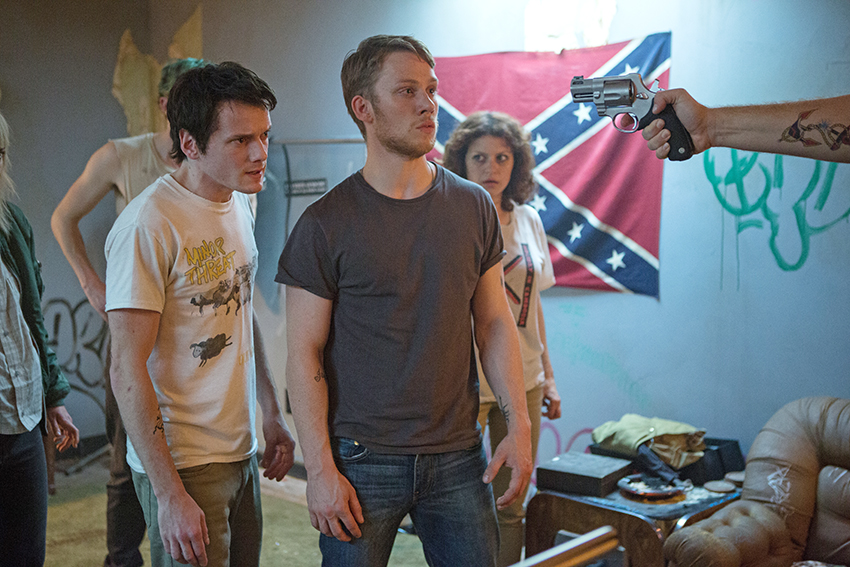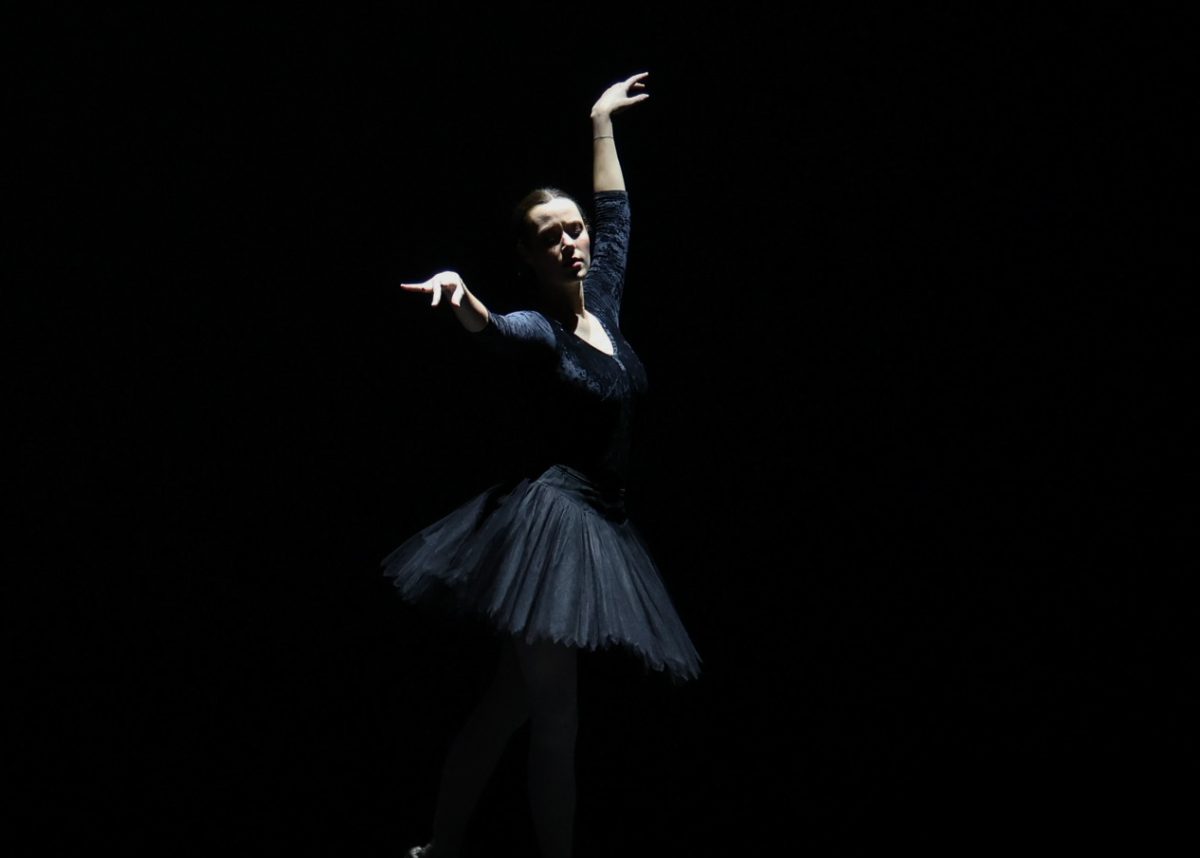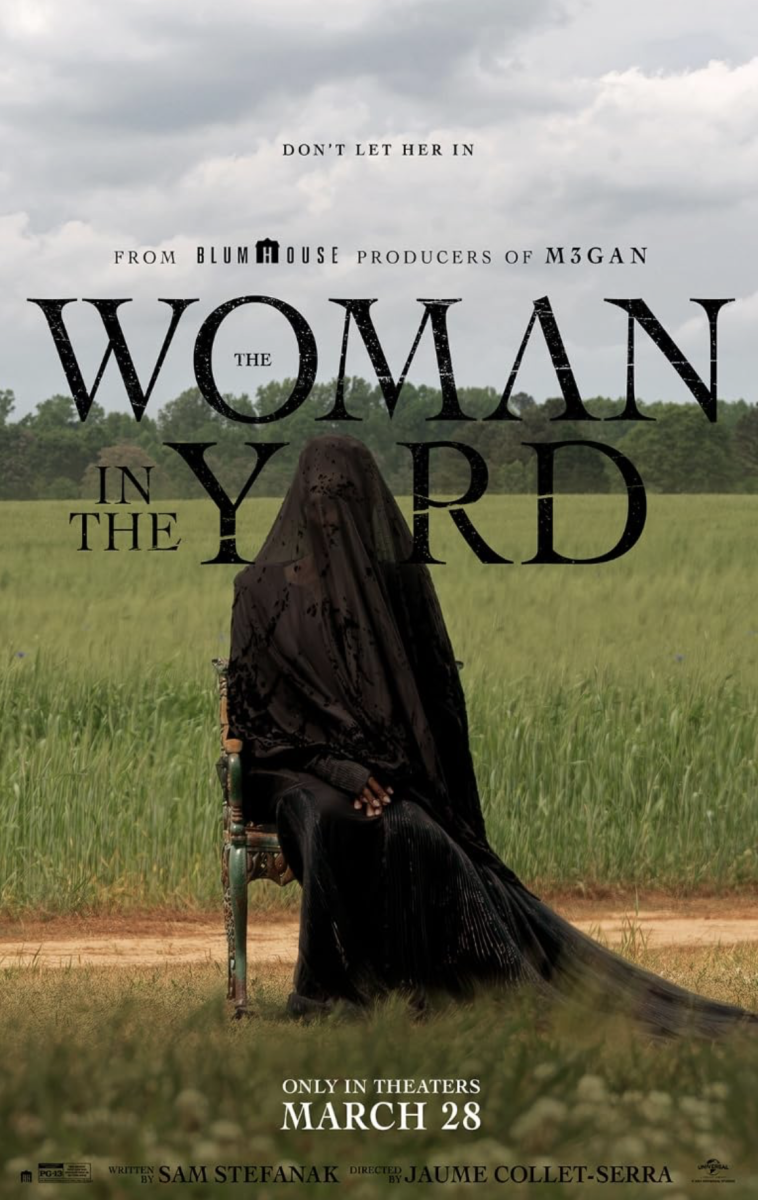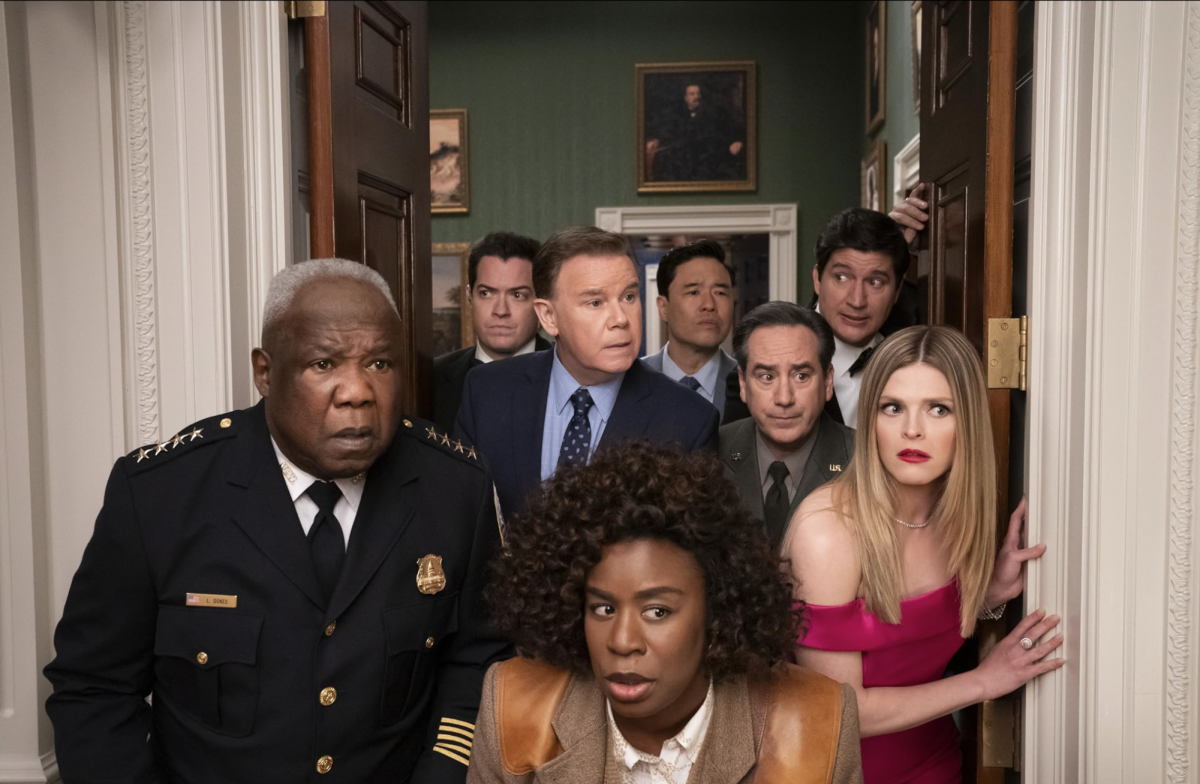Jeremy Saulnier’s latest directorial effort, “Green Room,” explores the relationship between white supremacy and violence in the present day, utilizing its implications to sustain a tense narrative that delivers some of the year’s best thrills.
In “Green Room,” a struggling punk rock band lands a gig in a small town riddled with white supremacy — from its array of Confederate flags to endorsements of “white power.” Following a successful performance, they return to their dressing room and stumble upon the aftermath of a woman’s murder. Their pledge to report her death to the police forces the murderers to confine the band to the room with a mourning stranger (Imogen Poots) and imposing supremacist (Eric Edelstein), neither of whom offer insight to the events that precipitated the crime. The supremacists’ implausible offers for escape force the band members — particularly bassist Pat (Anton Yelchin) and drummer Reece (Joe Cole) — to spearhead alternative methods of survival, combating obstacles that stand in the way of escaping
the venue.
From the start of the film, Saulnier establishes his power as a tactical storyteller. His manipulation of the film’s visuals — notably his foreshadowing of significant events in the story — enables him to sustain tension for the duration of the film, imbuing viewers with a prolonged sense of fear that is deepened by the characters’ brutal circumstances. Saulnier’s decision to showcase both sides of the central conflict does far more than contribute to the agitation that tugs at viewers — in fact, it showcases the sinister nature of supremacy and enables “Green Room” to double as a heart-pounding thriller and critique of political and social closed-mindedness.
The gnawing tension that Saulnier constructs is complemented by Sean Porter’s immersive cinematography. Porter’s alternation between third- and first-person perspectives forces the feeling of inclusion upon helpless viewers, whose desires for escape are reflective of Saulnier’s overarching theme of entrapment. Porter contributes to this intimacy between viewer and film by saturating the frame with persons and things, refraining from expansive landscapes or settings to isolate the band at the film’s core. His occasional focus on external objects adds beauty and provides balance — and enormous visual value — to a film committed to edge-of-your-seat entertainment.
“Green Room” is likewise strengthened by solid performances from its cast members — notably Anton Yelchin, Imogen Poots and the film’s central antagonist, Patrick Stewart. Saulnier’s development of tension over the duration of the film is rooted in the panic and distress his characters convey, intensifying viewers’ feelings of captivity. Yelchin and Poots shine in their multifaceted roles, transitioning between fear, melancholy and ecstasy with seamless fluidity and power. Patrick Stewart’s subtle, though menacing, antagonist provides a perfect counterbalance to the protagonists’ dynamic, embodying the rage and repulsiveness of supremacy without faltering or conveying signs of empathy — strengthening the fear the film induces.
Saulnier’s “Green Room,” with respect to its near-perfect direction, ingenious cinematography and strong performances, serves as an excellent depiction of confinement and nonconformity in the face of impending death. Strengthened by its political and social overtones, the film showcases the brutality of supremacy in a modern, seemingly familiar context while relying on violence to convey its message. The sum of cinematic ambitions simultaneously captivates and induces fear in viewers, fanning the flames of a thrilling moviegoing experience.
“Green Room”
- Running Time: 94 minutes
- Rating: R
- Score: 4/5 stars





















